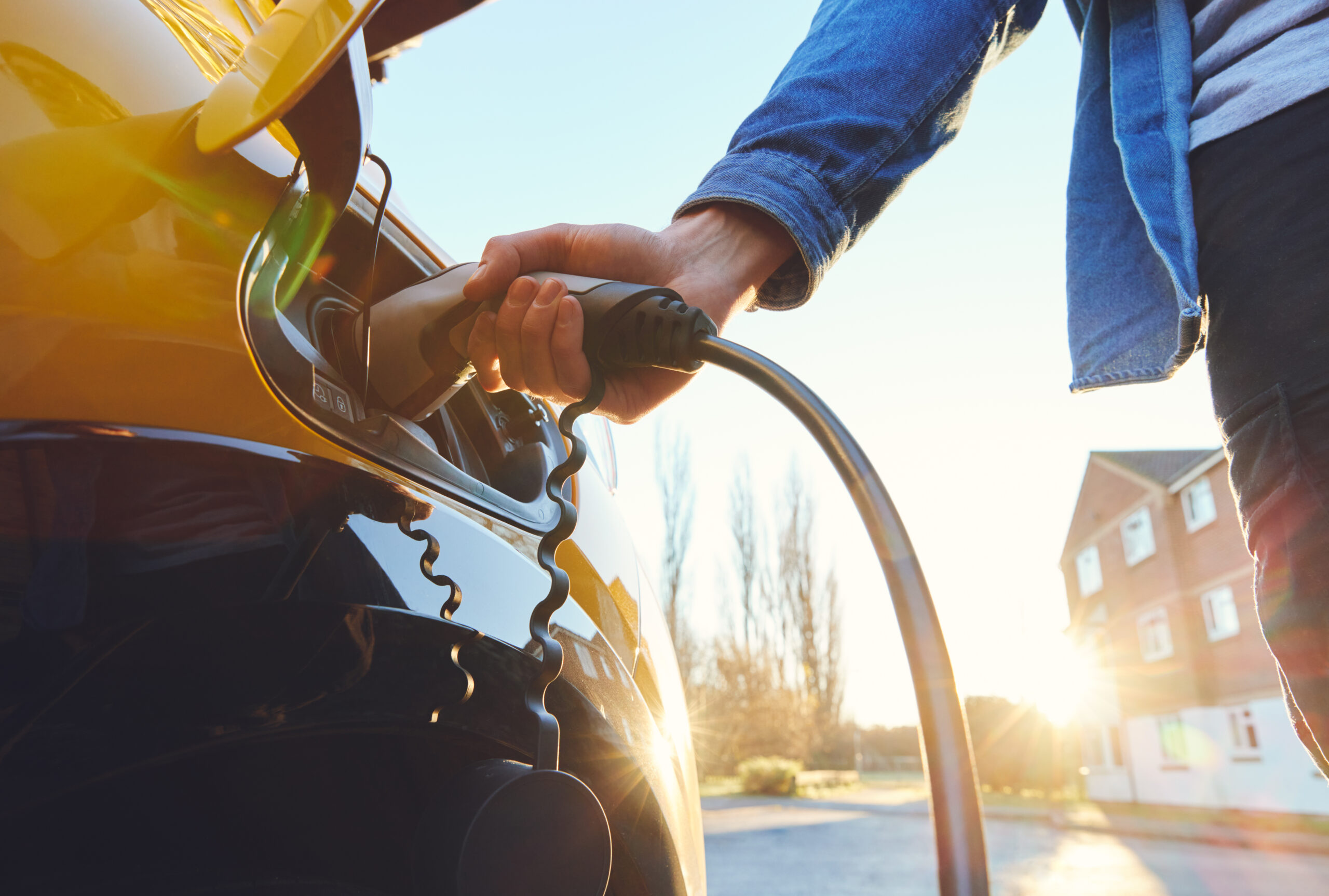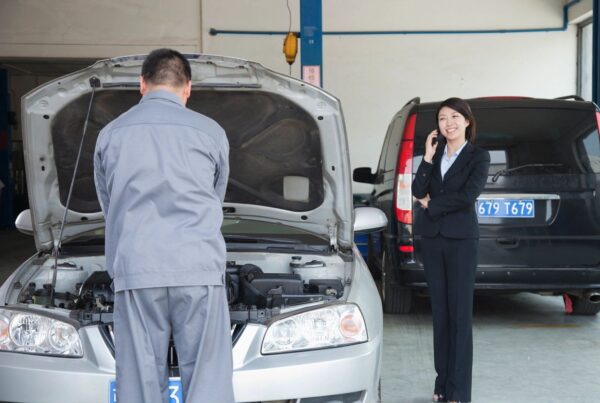Aruma, a disability service provider which provides accommodation, employment opportunities and other support services for over 5,000 customers has cut its whole of life fleet costs, while reducing its carbon footprint, by switching a large proportion of its fleet to Toyota hybrid vehicles.
Since introducing the first hybrid vehicles in February 2019, working with Toyota Fleet Management, the not-for-profit organisation has been able to realise potential whole of life savings of up to 13.1 per cent compared to similar petrol vehicles.
Based on the current fleet size of approximately 750 vehicles, nearly 20 per cent of which are now hybrid, Aruma estimates it has achieved whole fleet cost savings of over $280,000 over the course of a three-year operating lease.
The organisation’s fleet is an important part of its operations, not only providing much-needed mobility for its clients but also transport for operational staff who travel to support clients across the eastern seaboard.
Aruma’s Commercial Manager, Nikki White, said optimising its financial performance and reducing costs was the major factor in choosing to introduce Toyota hybrid vehicles for its fleet.
“The not-for-profit sector is extremely challenging with increasing costs and reductions in our customers’ NDIS (National Disability Insurance Scheme) funding. Reducing operating costs enables Aruma to redirect funds to serving our customers and supporting our staff,” Ms White said.
Fuel savings from hybrid vehicles drive down overall costs
Despite the slightly higher asset cost of a hybrid vehicle, since the introduction of hybrid vehicles to the Aruma fleet, that started in 2019 and now numbers 138, it has seen a reduction in overall fuel costs.
By being able to drive further, on less fuel, Aruma estimates this can reduce its fuel cost per transaction by 6 per cent compared with the equivalent petrol versions.
Based on the current hybrid fleet in 2022, Aruma estimates the potential whole of life cost savings for its Toyota hybrid vehicles as:
- 7% for its fleet of Toyota Corolla Ascent Sport
- 13% for its fleet of Toyota Camry Ascents
- 9% for its fleet of Toyota RAV4 GX 2WD
Emission reduction potential of more than 30 per cent with hybrid vehicles
While the prime motivation for the introduction of hybrid vehicles to its fleet was cost reductions, Aruma has also been able to move toward its long-term goal of operating as a more sustainable business.
By switching nearly 20 per cent of its fleet to hybrid, Aruma estimates it has been able to reduce its fleet CO2 emissions by up to 32 per cent between February 2019, and February 2022, with the prediction for this figure to increase to 37 per cent by the completion of the current lease period assuming no change in fleet size.
The inclusion of hybrids in the fleet means that up to 94 per cent of CO2 emissions from the Aruma fleet come from the non-hybrid vehicles, demonstrating the impact that hybrids can have in reducing an organisation’s vehicle emissions.
Challenges
The transition to hybrid vehicles was not without challenges for Aruma with initial concerns raised by senior management over the higher asset and lease costs for a hybrid compared with a non-hybrid vehicle.
However, Ms White said that with support from Toyota Fleet Management, the team has been able to demonstrate that the higher asset and rental costs of hybrid vehicles is offset by the lower running costs over the life of the lease.
“I think the challenge for us is that some people just look at the upfront cost. It is sometimes hard to articulate the total cost of ownership, but we have been able to overcome this by using data to support our drive to pursue a greater hybrid mix in our fleet,” Ms White said.





















